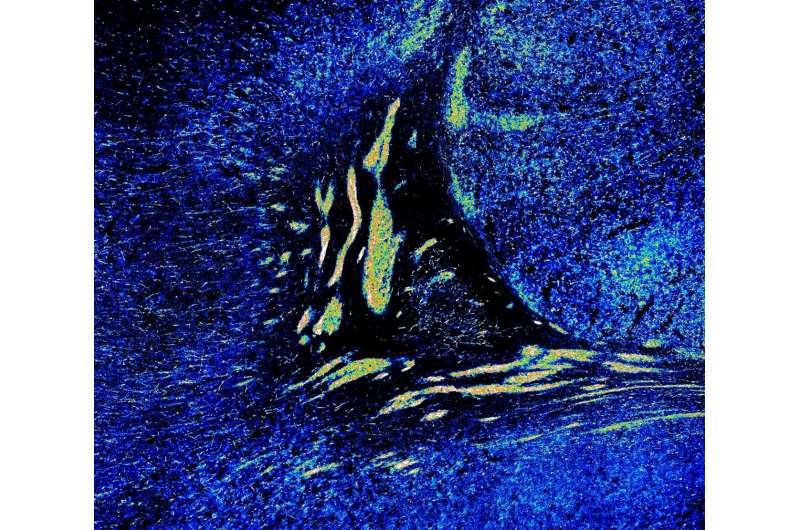This article has been reviewed according to Science X's editorial process and policies. Editors have highlighted the following attributes while ensuring the content's credibility:
fact-checked
peer-reviewed publication
trusted source
proofread
Scientists uncover secrets of brain development: Extensive neural migration continues after birth

The human brain continues to be built after we are born for far longer than previously recognized, suggests research by Shawn Sorrells, assistant professor of neuroscience in the Kenneth P. Dietrich School of Arts and Sciences. Sorrells's research on postnatal brain development, published in the journal Nature, shines light on fundamental processes that contribute to the development of important brain functions, such as learning, memory and spatial navigation.
The new research suggests that a subset of inhibitory neurons within the entorhinal cortex, or EC—an area of the brain essential for forming memories—continue to migrate into this region where they build new neuronal connections from birth through toddlerhood.
The study suggests that extensive postnatal neuronal migration across the EC might underlie critical neuroplasticity periods during which the brain is especially receptive to changes and adaptations. The discovery also points to a possible reason why EC neurons are more susceptible to neurodegeneration, since other recent studies have found that this same type of neuron is impacted early in Alzheimer's disease.
By analyzing brain samples that were provided, in part, by the epilepsy tissue bank at UPMC Children's Hospital and the Neuropathology Department at UPMC Presbyterian Hospital, Sorrells' research team was first to show that, unlike what was previously thought, neuronal migration of such scale and duration is extensive within regions that control thoughts and emotions.
The discovery offers an explanation for how the human brain makes billions of new neurons over a very short time span through a mechanism that allows neurons to continue arriving after birth.
"It is generally thought that the brain is done recruiting neurons by the time an individual is born," said Sorrells. "We were incredibly excited to learn that not only does large-scale neuronal migration continue into specific brain regions, but that this process also continues into ages when children are crawling and beginning to walk."
More information: Protracted Neuronal Recruitment in the Temporal Lobe of Young Children, Nature (2023). DOI: 10.1038/s41586-023-06981-x



















